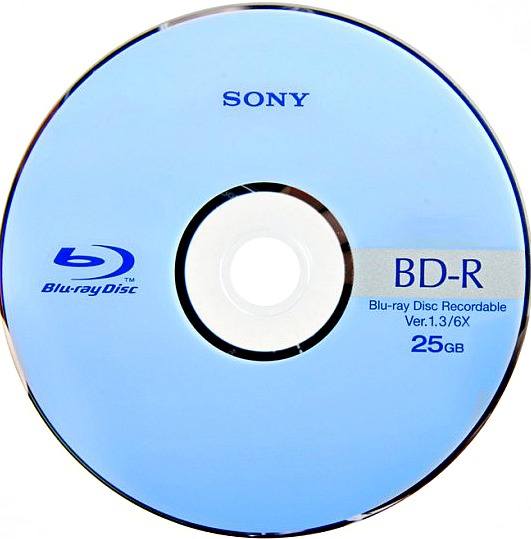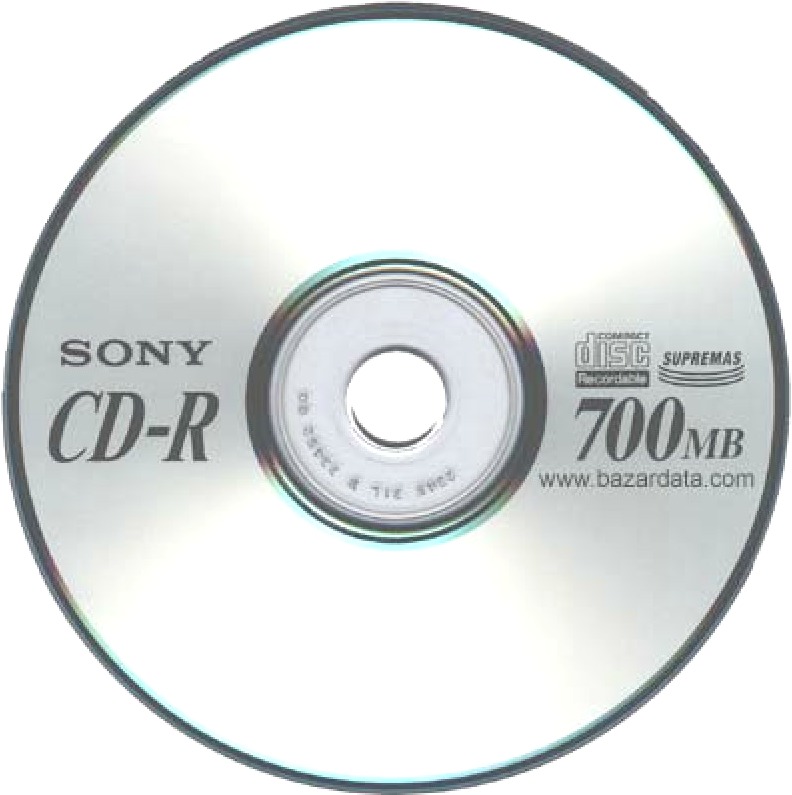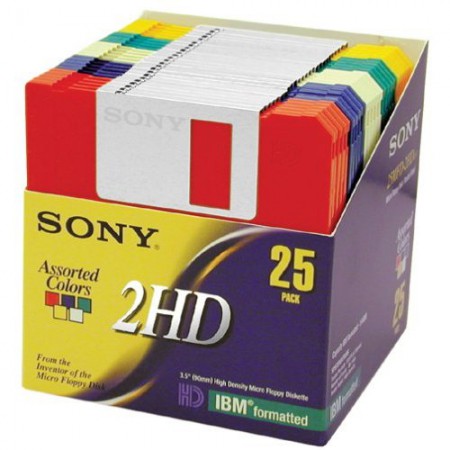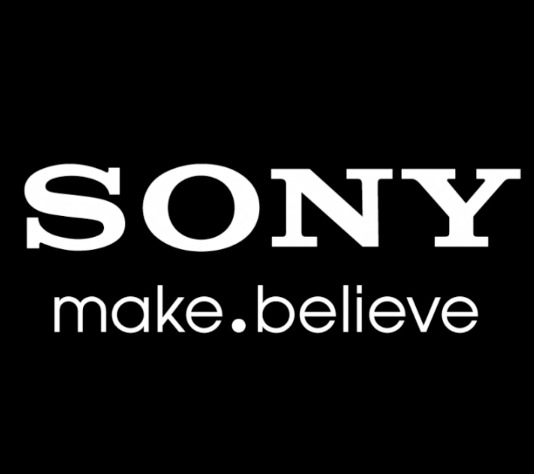
|
As for manufacturing electronic products for the consumer markets, Sony is not only a pioneer, it’s also a leader in this domains so no surprise to know that it was ranked 105th list of Fortune Global in 2017. In comparison from humble beginnings coupled with longevity Sony has become massive with numerous businesses towards Global consumers and professional markets including entertainment, electronics, gaming and others. |
 |
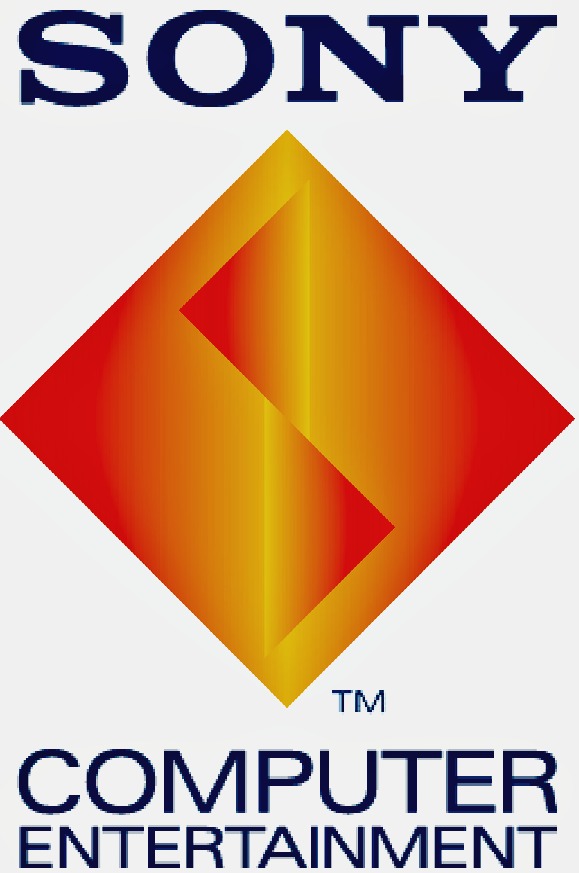
It is one of the most comprehensive entertainment companies in the world with incorporated sectors such as Sony Interactive Entertainment, Pictures, Mobile and Sony Music, just to name a few.
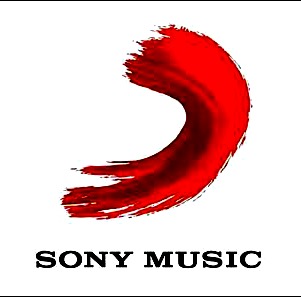
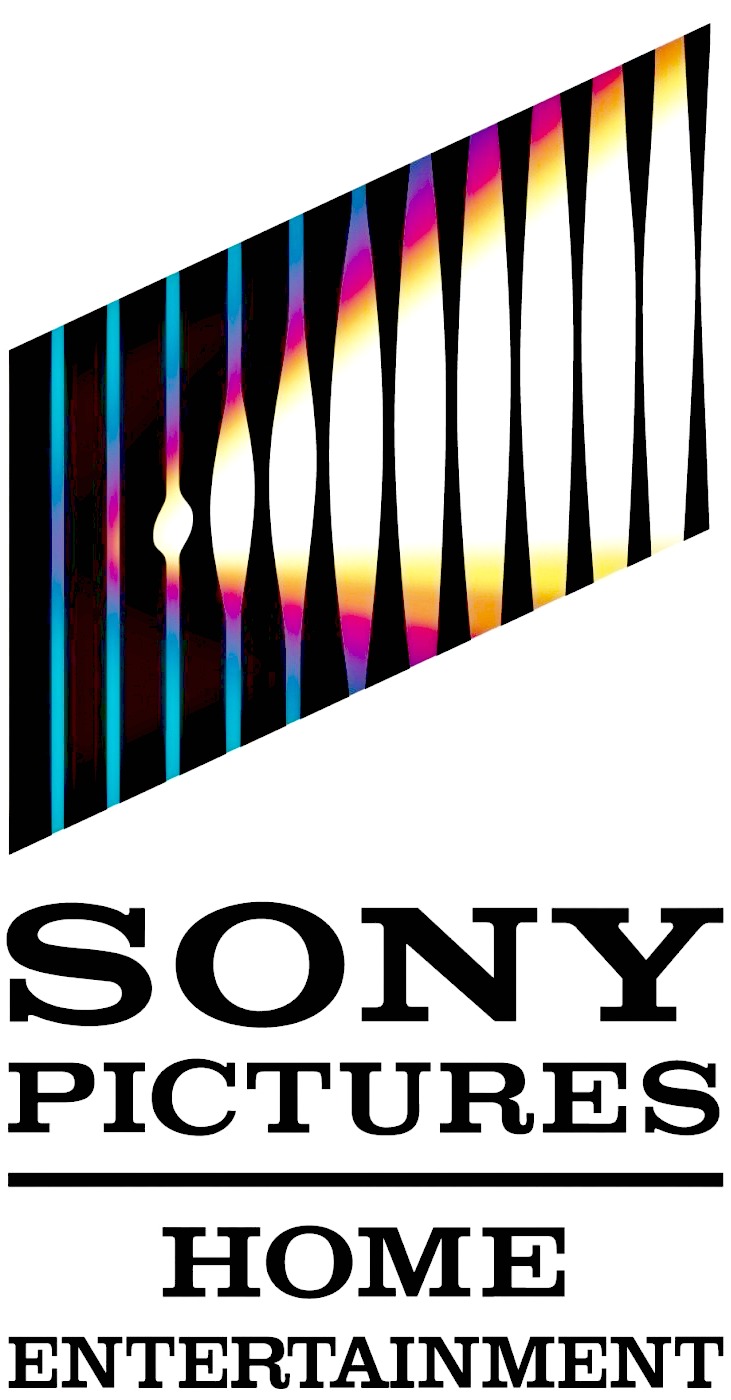
The company is a Japanese multinational corporation headquartered in Kōnan, Minato Tokyo. Founded by Masaru Ibuka and Akio Morita on 7 May the company began with a capital of only ¥190,000 and a total of eight employees in May 1946; 71 years ago in Tokyo Japan. The company’s current slogan is BE History.
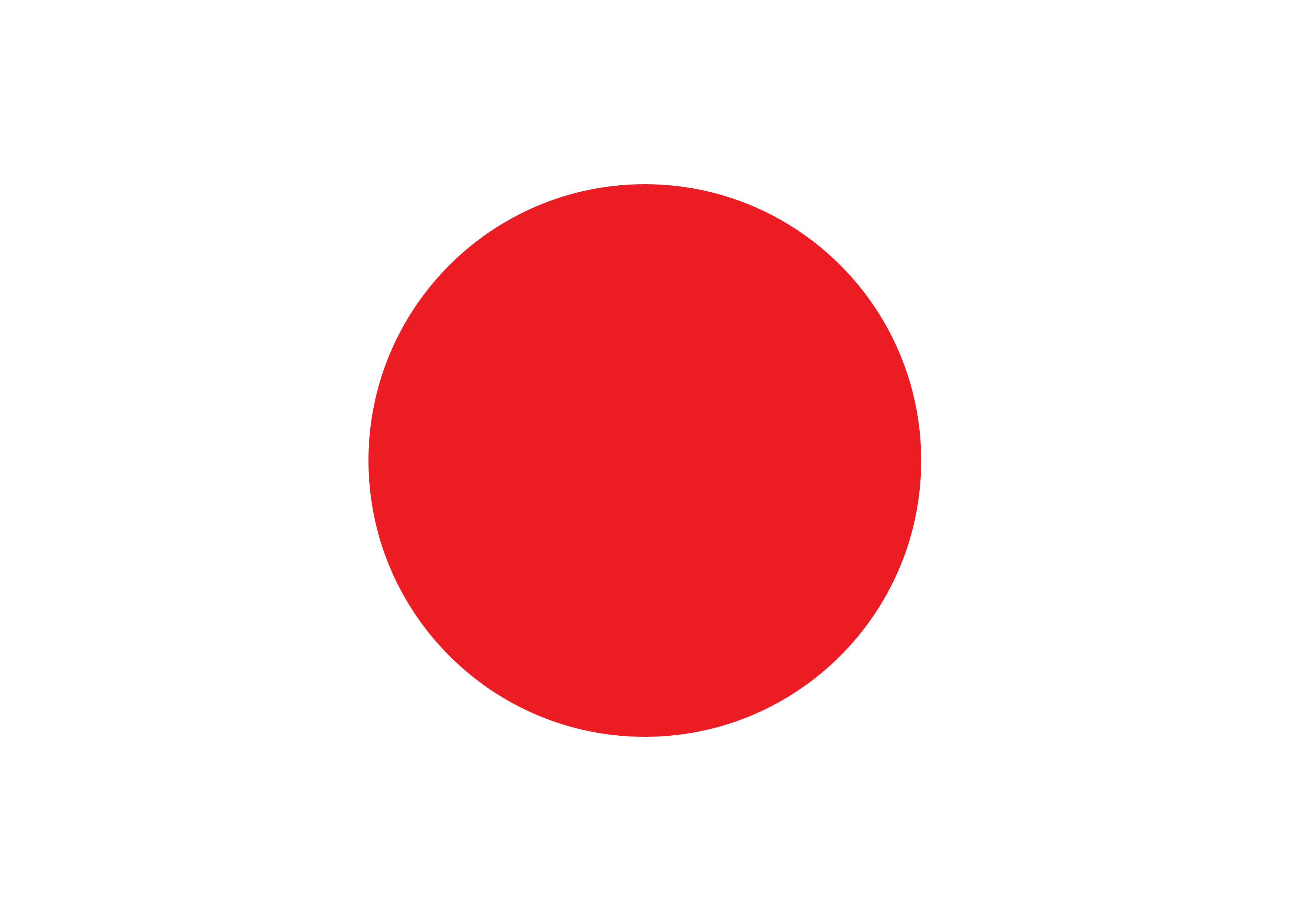

It initially started as a company called Tokyo Tsushin Kogyo, in 1946 when Masaru Ibuka opened an electronics shop in Tokyo, then Ibuka was joined by Akio Morita In 1958 the company changed its name to “Sony”.
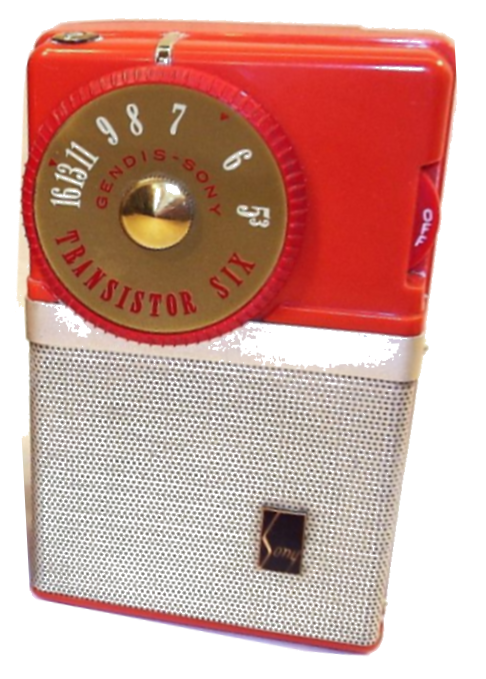 Sony broke into the Global market with the Sony TR-63 radio
Sony broke into the Global market with the Sony TR-63 radioThe TR-55 Transistor Radio was their very first branded product released in 1955, however must be noted again, that the company name changed to Sony in January 1958. And then they broke into the Global market through U.S with the Sony TR-63 radio this could be considered as the beginning of the new industry of personal consumer microelectronics.
 Sony Goes Global Sony Goes Global |
American teenagers started buying these walkmans of that era in the millions. This helped push Sony to international status as a big player when it came to electronics manufacturing. By the end of 1968 Sony had shifted out over 4.5 million units. |
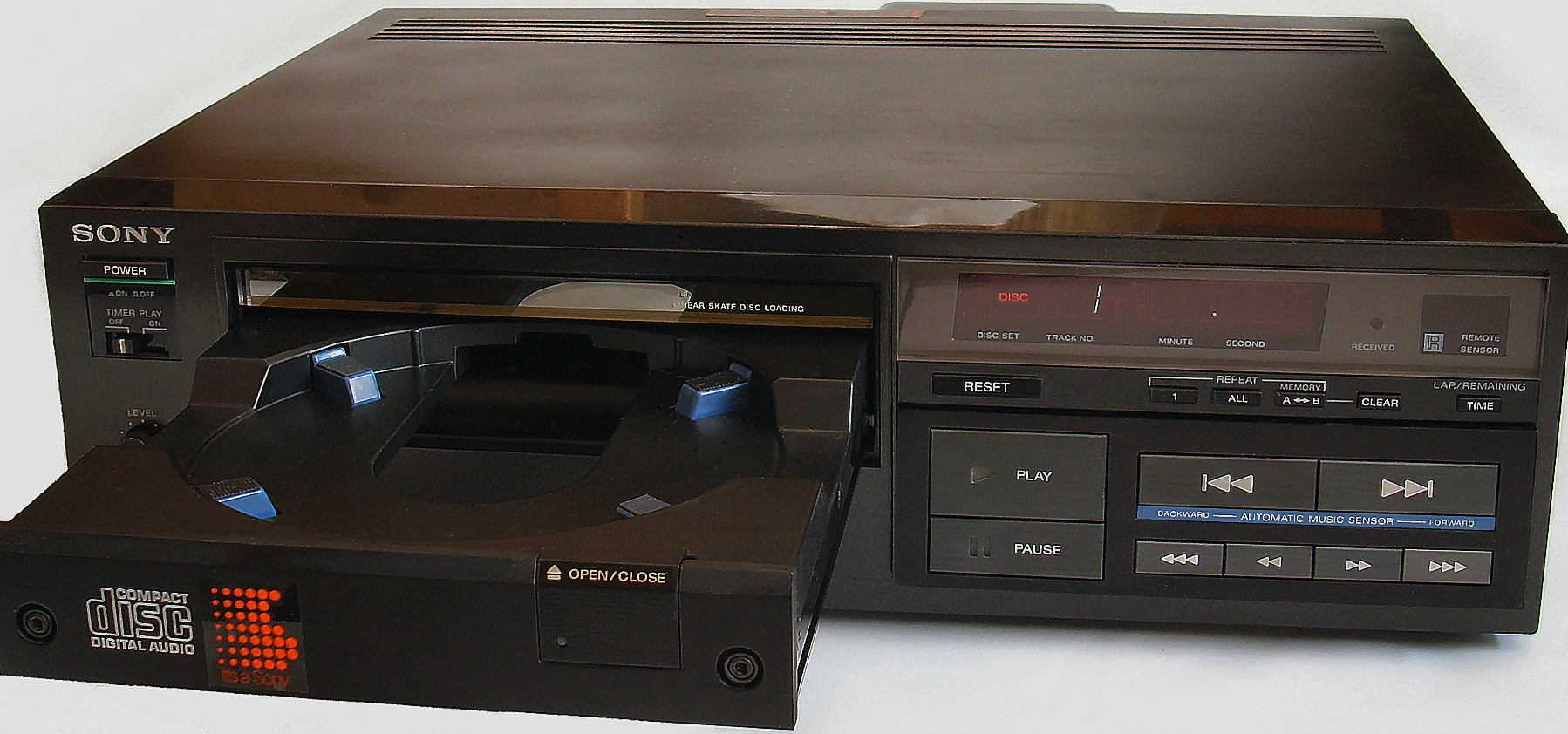 The Sony CDP-101, the first CD audio player to market
The Sony CDP-101, the first CD audio player to marketSony is versatile and diverse, it invested in the development of the Compact Disc in the 1970s and 1980s. Sony introduced the CDP-101, the first CD audio player to market, on October 1, 1982 at $900.
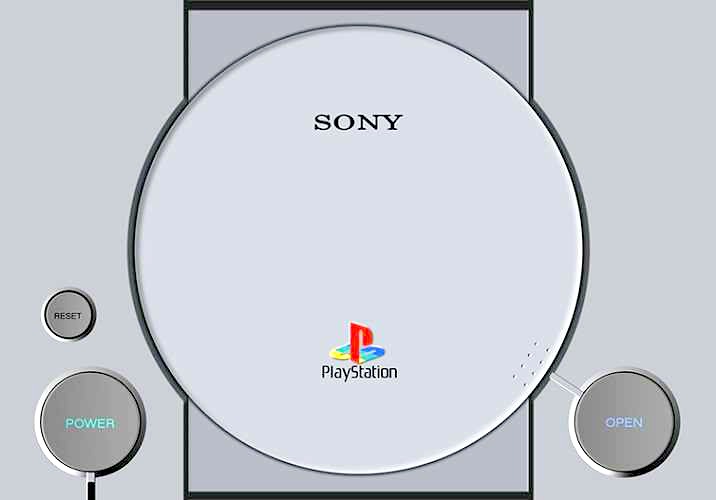 |
When the first players surfaced it attracted widespread usage in Japan and Europe and of course every body knows about the Sony PlayStation in the early 1990s. |
|
Sony has been directly and solely responsible for introducing many of the most popular recording formats of our time, including the Compact Disc, floppy disk and the Blu-ray Disc. In other words Sony created standards for new recording and storage technologies for the consumer and business sectors globally. |
|
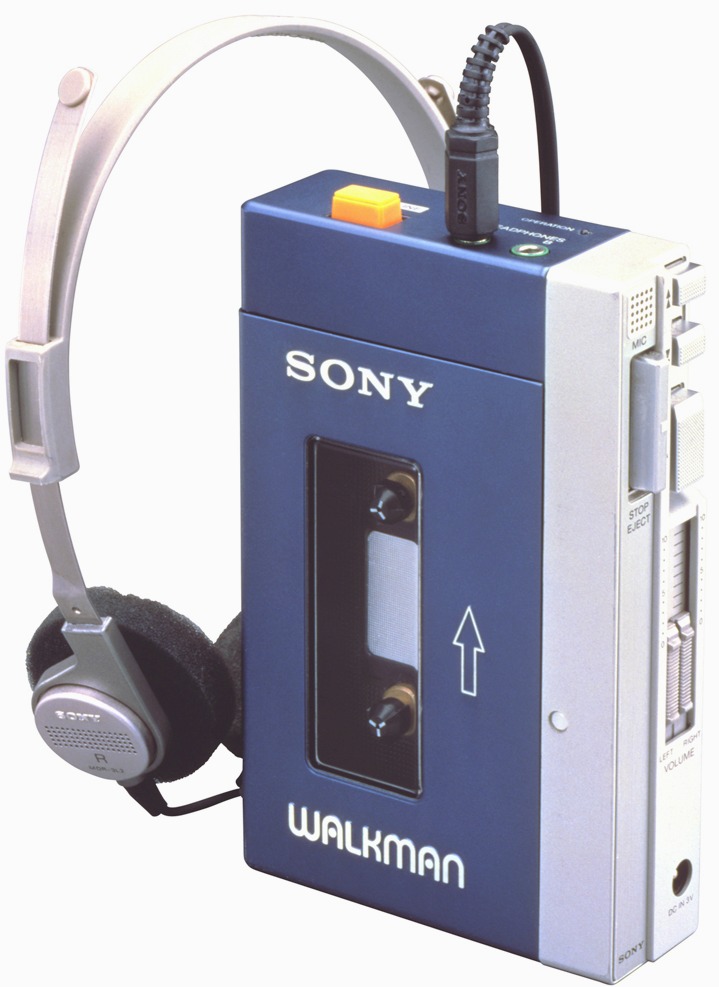 |
Looking at audio recording, now this can be agued as Sonys most iconic electronic product of all time, in the form of the world’s first portable music player using the compact cassette format. Released in 1979 they called it “the Walkman ” and then Sony introduced the MiniDisc format in 1992.
|
Releasing the Discman In 1984, was basically no surprise, it was a natural progression which extended their Walkman brand to portable CD products too.
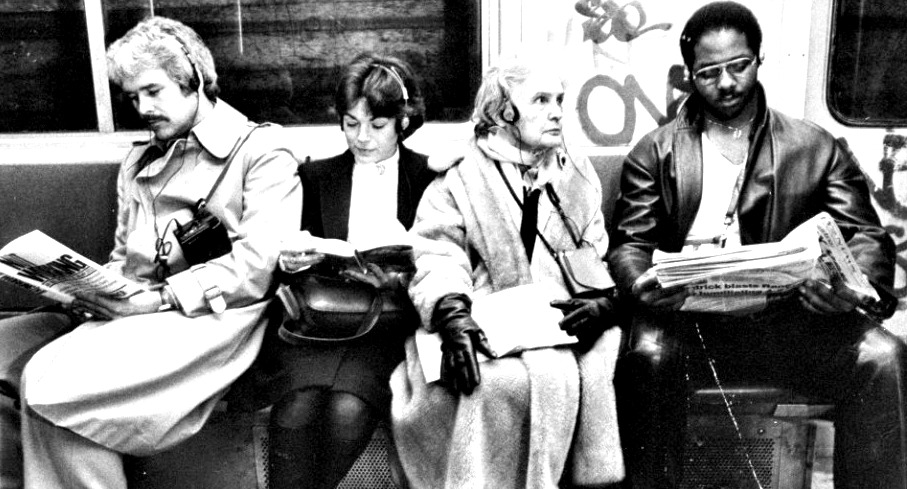
|
Sony are the ones who truly made music not just personal but in addition portable as well. This was a fundamental transformation in music listening activities, by letting people to be mobile while listening to music through lightweight headphones, anywhere and anytime. |
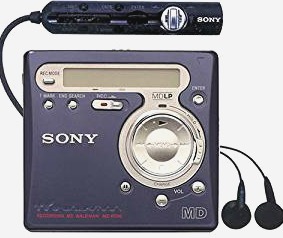 MiniDisc Player MiniDisc Player |
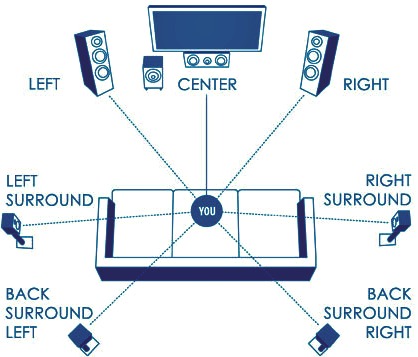  |
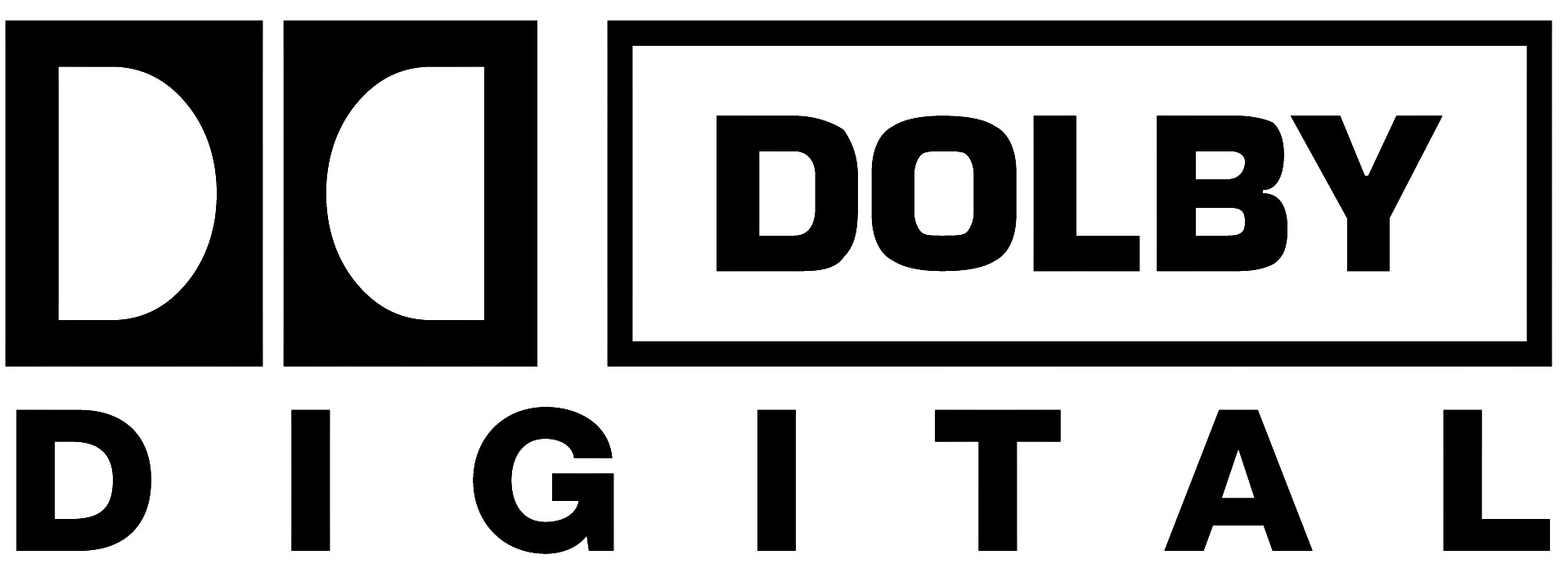 Sony leading from the front again reinvented the industry standard Dolby Digital 5.1 surround sound format system, with a new system using eight channels (7.1) of audio creating two extra channels, compared to just six utilised by Dolby Digital 5.1 at the time in 1993. |

This Sonys more advanced proprietary motion picture digital audio format they called SDDS which stood for “Sony Dynamic Digital Sound”.
Flash memoryIn 1998 Sony come out with their memory flash memory cards and Memory Stick format for use in Sony products such as cameras and portable music players and memory cards for their “Xperia” SmartPhones. |
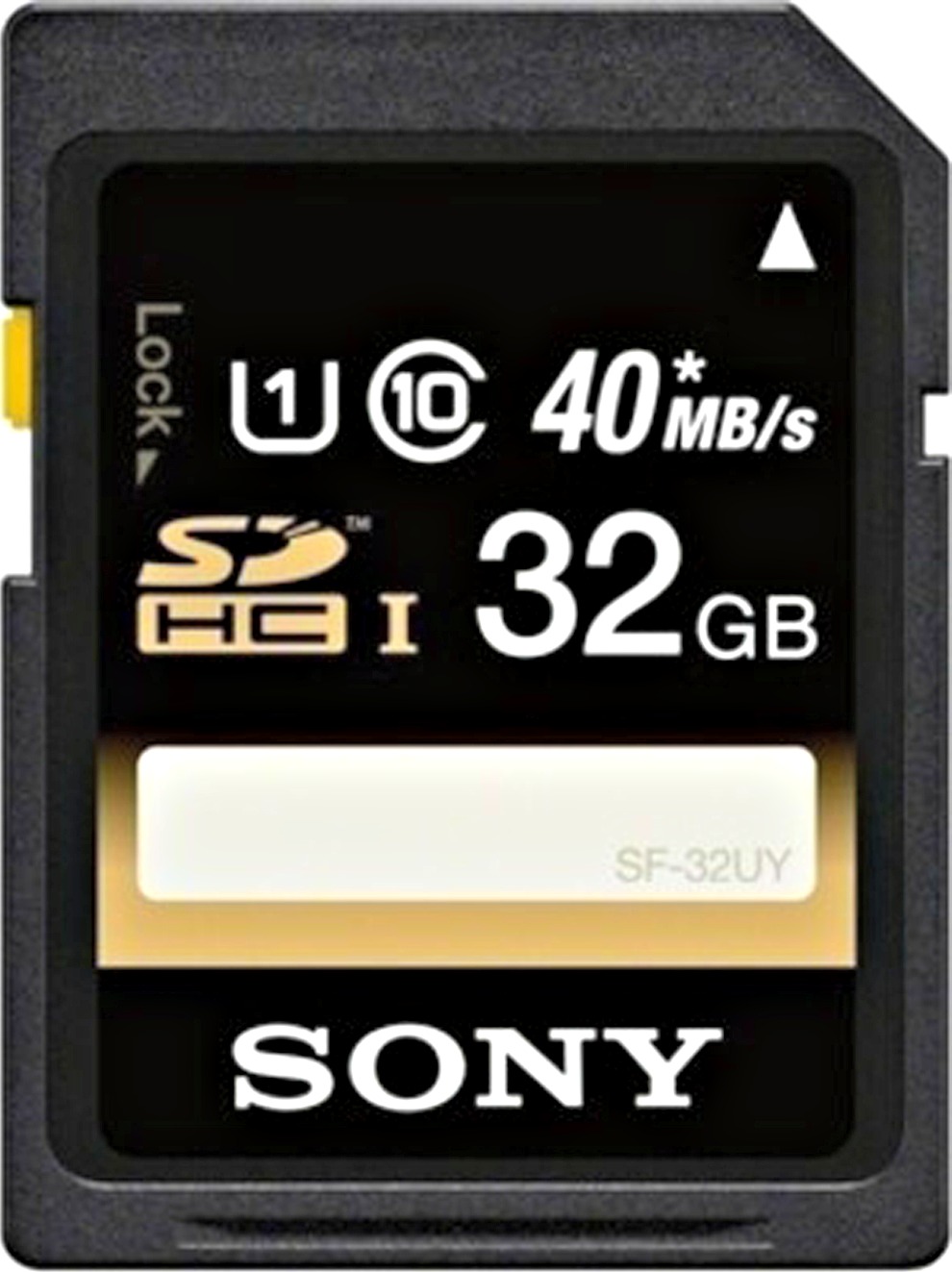 Sony Memory Flash Card Sony Memory Flash Card |
 Sony Memory Stick Sony Memory Stick |
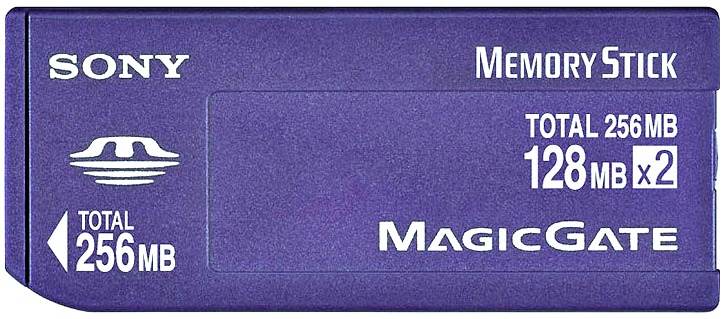 |
Business units
Out of all the electronics consumer manufacturers, Sony took the most interest in consumer robotics they’ve offered a verity of products. The egg shaped digital music player, the dog-shaped robot called AIBO and a humanoid robot called QRIO.
 Aibo – Released on May 11, 1999 Aibo – Released on May 11, 1999 |
Sony developed a robot that played digital music called Rolly, it’s shaped like an egg. It more than just delivered music but with robotic dancing to the music it played as well. |
|
It has wings shaped like cups (that could pass for arms) that open and close, it can rotate and spine with the aid of two wheels, and for aesthetics it has two bands of LED colored lights running around its edge, all these features can all move to the music coming out of Rolly. |
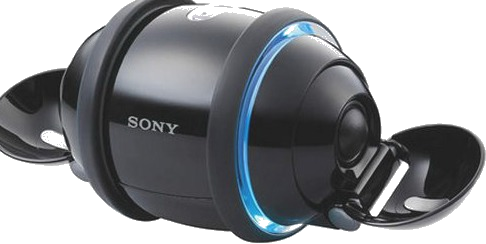 Sony Rolly Sony Rolly |
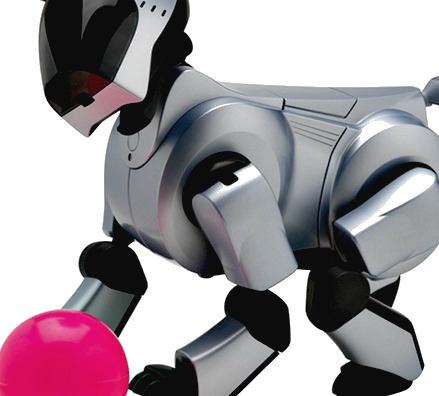 |
In mid 1998 Sony announced a prototype robot which they called AIBO that is actually a series of robot pets manufactured and designed by Sony. |
The first model for consumers was released on May 11, 1999. After this New models were introduced until 2005 every year
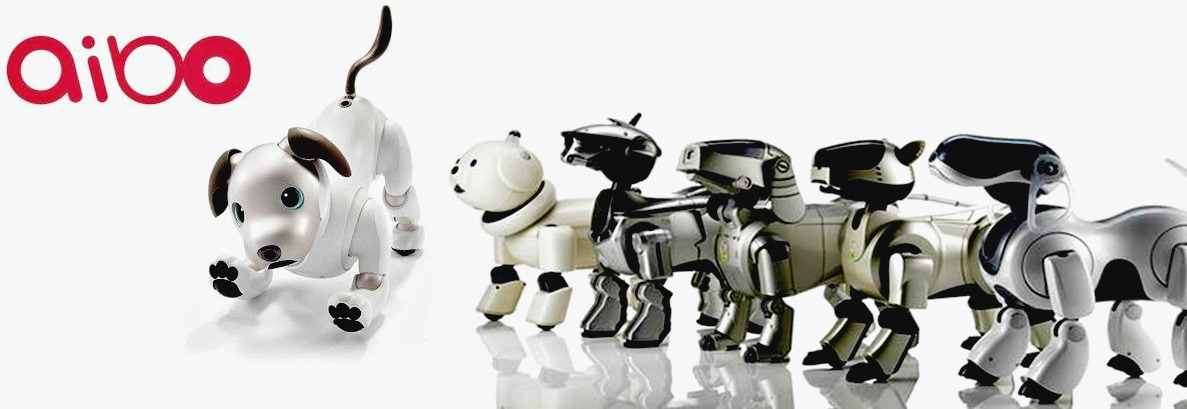 Sony Aibo – All Generations
Sony Aibo – All Generations|
The good news is that Sony is bringing back the iconic robot pet dog brand with a new model after more than ten years away. And they are calling it (you guessed it) “Aibo” model number ERS-1000 (probably got this from the T-1000 of the terminator 2 franchise). Sony claims the new Aibo programmed to bond with owners by providing them lots of love. |
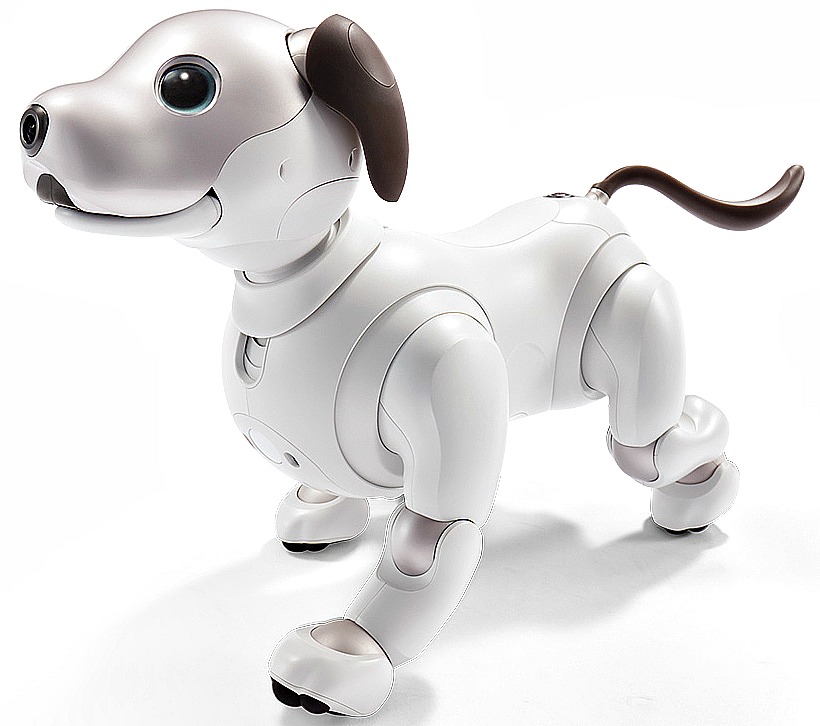 The New Sony Aibo-ERS-1000 – Robot Dog The New Sony Aibo-ERS-1000 – Robot Dog |
 The New Aibo
The New AiboIt’s sort of an old dog, but with new tricks, much smarter AI boasting more points to assist articulation and with more advanced motion sensors all lead by responsive voice control and best of all are the large adorable come-take-care-of-me Disney eyes that emotionally captivate.
|
And as for QRIO it stood at approximately 0.6 m tall and 7.3kg in weight. QRIO was built to make people happy and that was backed up by its slogan that’s was “Makes life fun, Sony developed and marketed this bipedal humanoid entertainment robot to follow up on the success of its AIBO entertainment robot. |
 QRIO QRIO |
 QRIO on the ball
QRIO on the ball
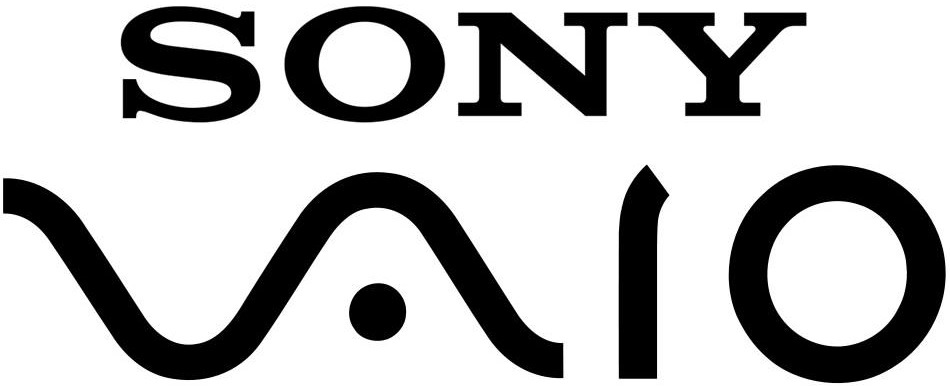 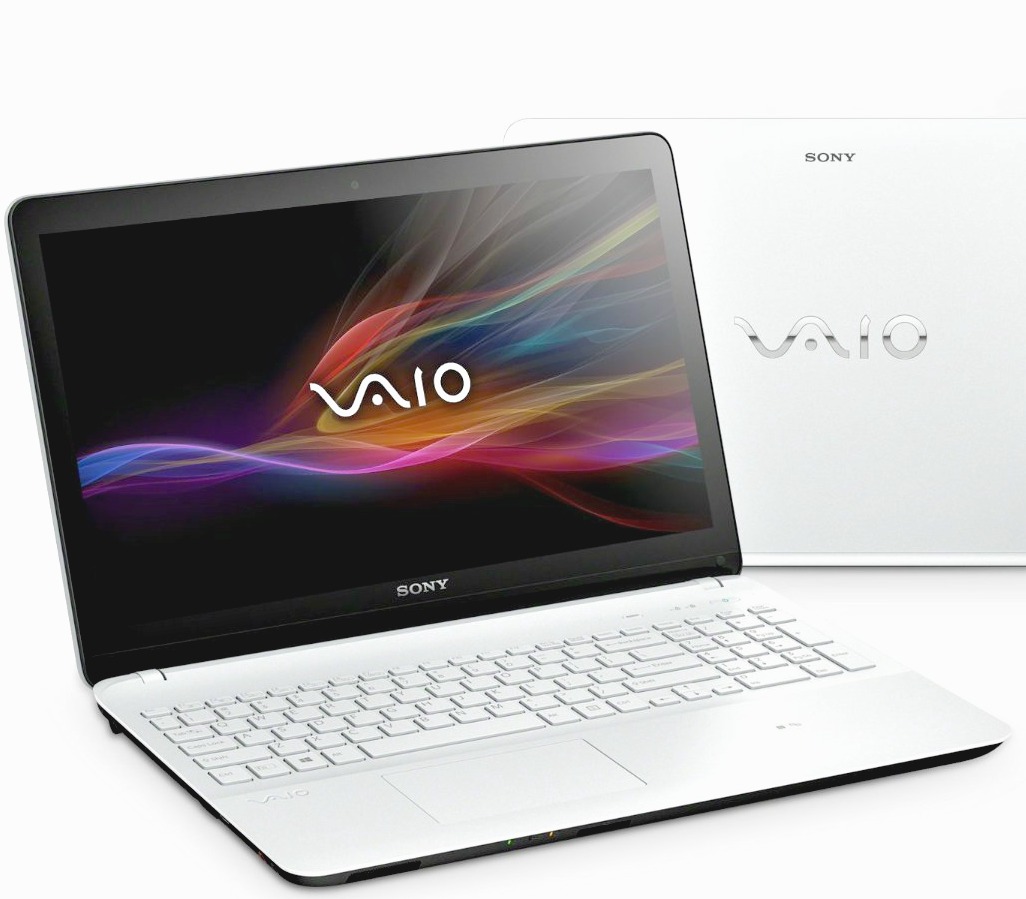 |
ComputingSony did produce computers, and then left the computer business around 1990, and then entered again in 1996 under the brand name of VAIO which stood for “Video Audio Integrated Operation”. However in February 2014 left the computer business yet again because of poor sales, VAIO was sold to Japan Industrial Partners, but Sony has a minority stake in JIP. |
The second most iconic electronic product released under Sony’s “Interactive Entertainment” sector, has to be the PlayStation game consoles, released in 1994 was the first PlayStation. And then the PlayStation 2 had more than 60% of world console sales, breaking Nintendo’s long-standing record as the games console market King, suffice to say that Sony’s PlayStation 2 is truly the best-selling video game console of all time, selling over 150 million units as of 2011. |
, 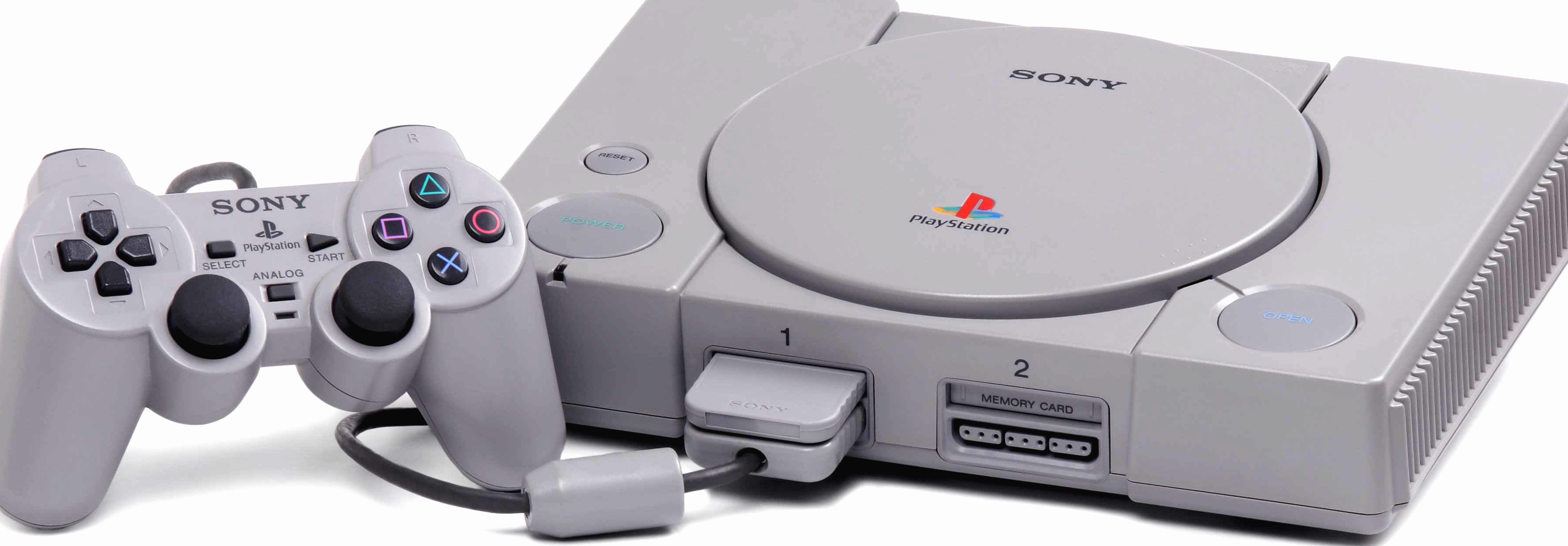 The Original PlayStation – 1994 The Original PlayStation – 1994 |
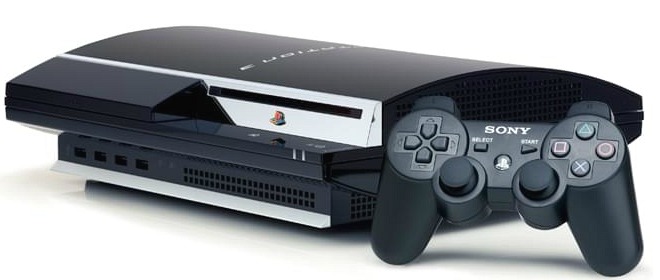 The Sony PlayStation 3 – 2006 The Sony PlayStation 3 – 2006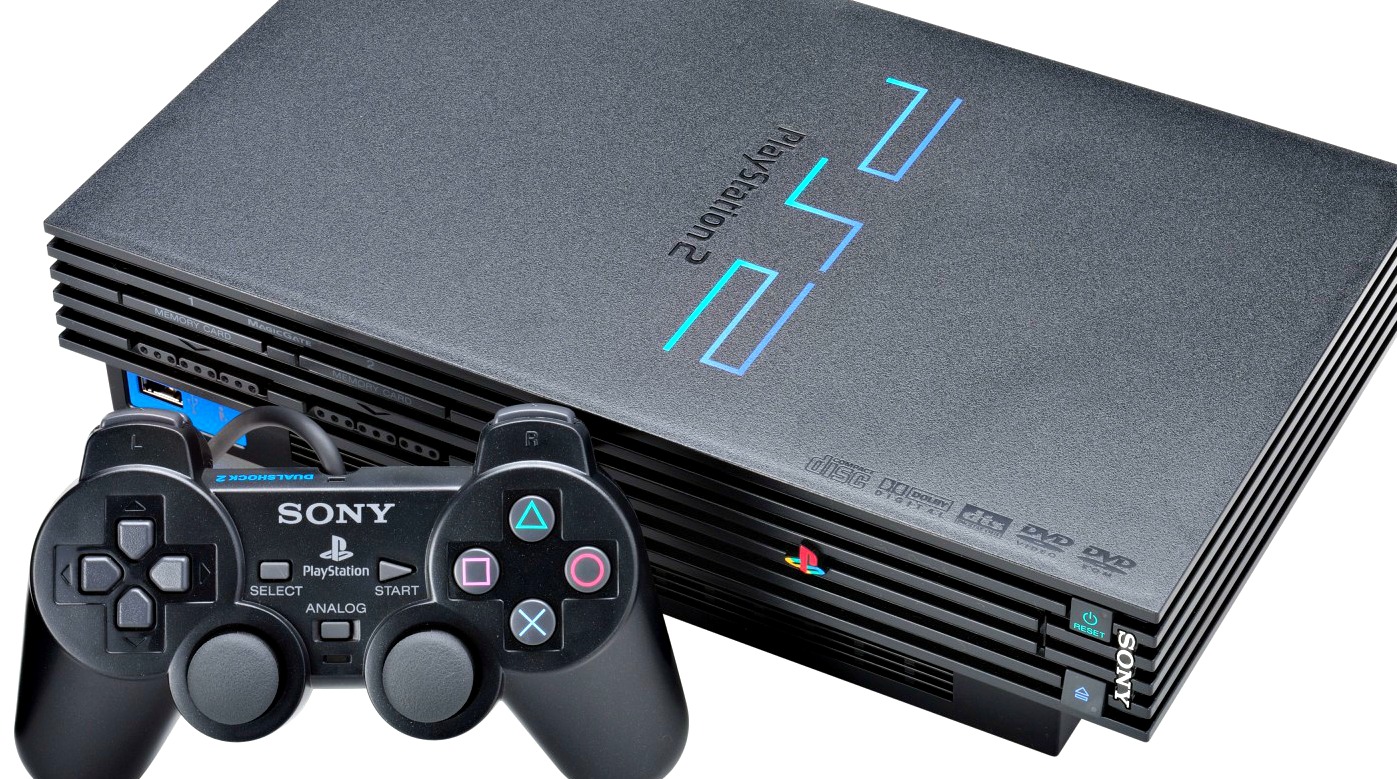 PlayStation-2 (PS2) PlayStation-2 (PS2) |
, And then Sony came out with a High-Definition games console with the PlayStation 3 in 2006 and the Station 3 had a Blu-ray format, the first games console to have this. Sony has sold more than 35.9 million units of the Sony PlayStation 4 launched on 15 November 2013. |
Sony-manufactured CMOS (complementary metal-oxide semiconductor) chip image sensors, that are widely used in digital cameras, tablet computers and SmartPhones.
Also produced well known television game shows like Jeopardy and Wheel of Fortune.   They have done so well with this venture that they were ranked third among film studios in 2011, as a result of group sales in 2010 of $7.2 billion. |
Did you know that Sony has produced many memorable movies? Like Blade Runner 2049, Spider-Man, Resident Evil, The Karate Kid, Ghostbusters and Men in Black just to name a very few.  Sony  |
Sony Music Entertainment
  In one of its largest-ever acquisitions, Sony purchased CBS Record Group in 1988 for US$2 billion. Sony Music Entertainment in |
Sony Music Entertainment (also known as SME or Sony Music) is the second-largest global recorded music company of the “big three” record companies and is controlled by Sony Corporation of America, the United States subsidiary of Japan’s Sony.  The company owns full or partial rights to the catalogues of Michael Jackson, The Beatles, Usher, Eminem, Akon and others. 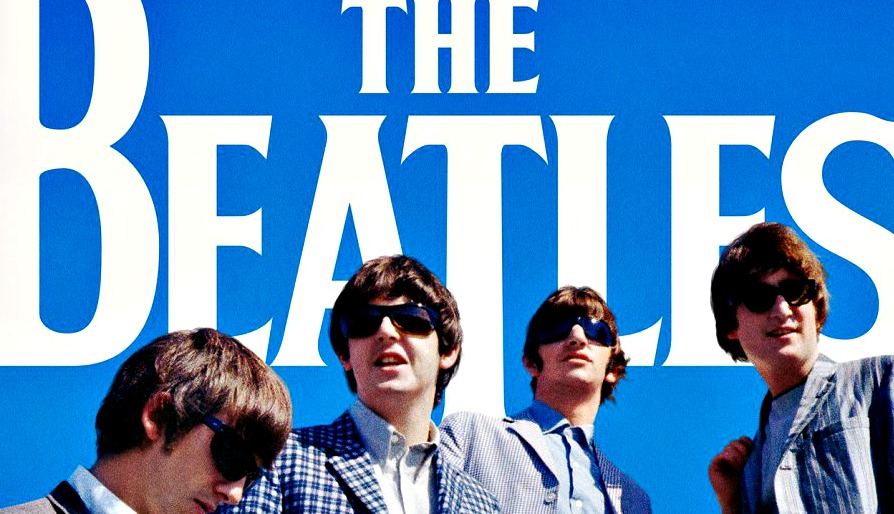 |
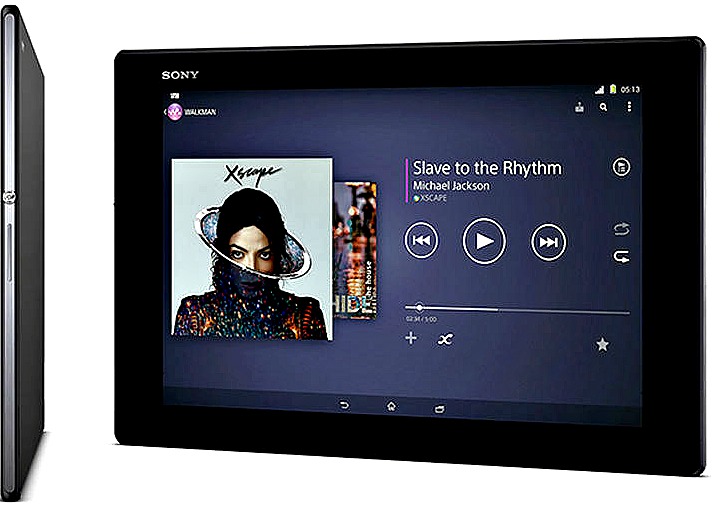 Sony Xperia-Z2 Tablet Sony Xperia-Z2 Tablet |
The brand Xperia is not only sheared by Sony’s SmartPhones but also by the their tablet computers as well, the company launched its Sony Tablet line of Android tablets in 2011. The company started marketing their Android Tablet products in 2012. |
Sony Mobile Communications
In Terms of Mobile phones for Sony, it all began when Sony and Ericsson the Swedish telecommunications company, came together to create Sony Ericsson in 2001. However at present we can say Sony Mobile Communications a subsidiary of Sony Corporation, is a mobile phone manufacturing company headquartered in Tokyo, Japan. |
, ,  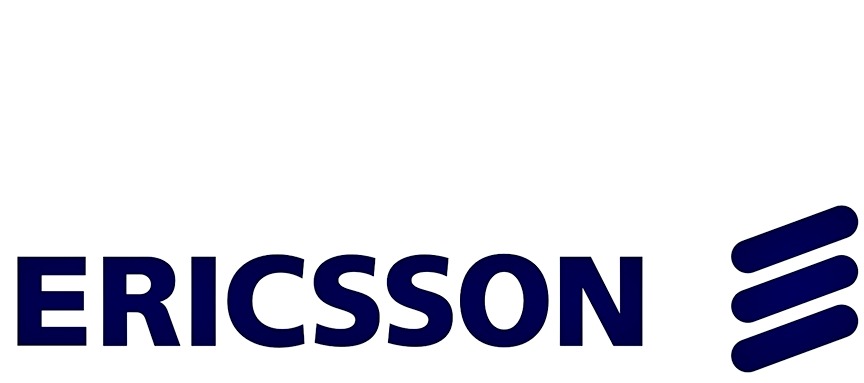 |
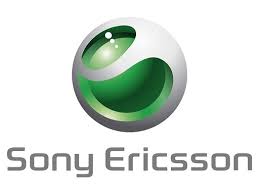 |
Sony Ericsson were innovative in their time, with multimedia-capable mobile phones that were unique for the time with first-time-ever-seen features such as cameras. Sales were slow at first, however, SMC reached a profit in 2003. Despite their innovations, Sony faced intense competition from a new sheriff in town, a new player who went by name Apple who released the iPhone in 2007. |
https://www.youtube.com/watch?v=bmPkao-7UBY
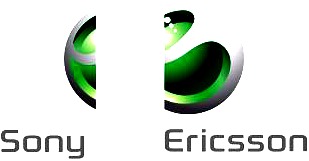
|
Of the 5 largest, mobile phone manufacturers, Sony was fourth in the world In 2009 amid a global recession. The big buyout of Ericsson’s share in the company by Sony took in 2012, it was sold for $1 billion USD. |
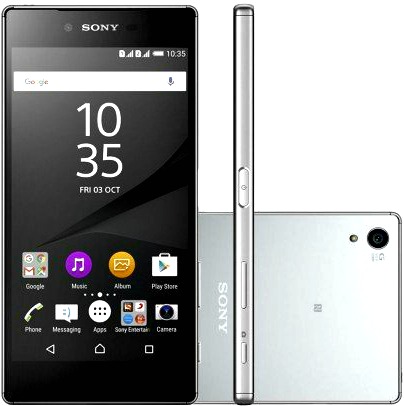 Sony Xperia-Z5 Premium Sony Xperia-Z5 Premium |
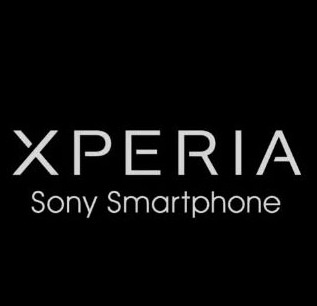 |
Sony released the Xperia Z5 Premium in 2015 in Europe, Canada and USA. Sony Mobile Communications at the moment now only focuses under the Xperia name, on the smartphone market, in response to Sony’s market share fallen to six place IN 2010. Regardless Sony still posted sales of 37 million mobile phones in the year 2013, that represents two percent of the mobile phone market. |
The Sony
Phones start here – Sony Xperia
|
Obviously |
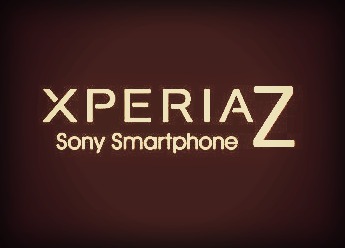 |
They put all these goodies into one phone using
premium materials to produce them. Sony
has mostly used the Xperia-Z series to do this lately, however the Xperia line
has been Sony’s range brand of SmartPhones using the Android operating system.
|
Sony’s |
For that
time, the camera was good with 8MP and ran Android 1.6 Donut. The X10 was shipped with a Qualcomm QSD8250
1GHz CPU chip, 1 GB of internal storage, 384 MB RAM and then some.
|
The X10 some |
 |
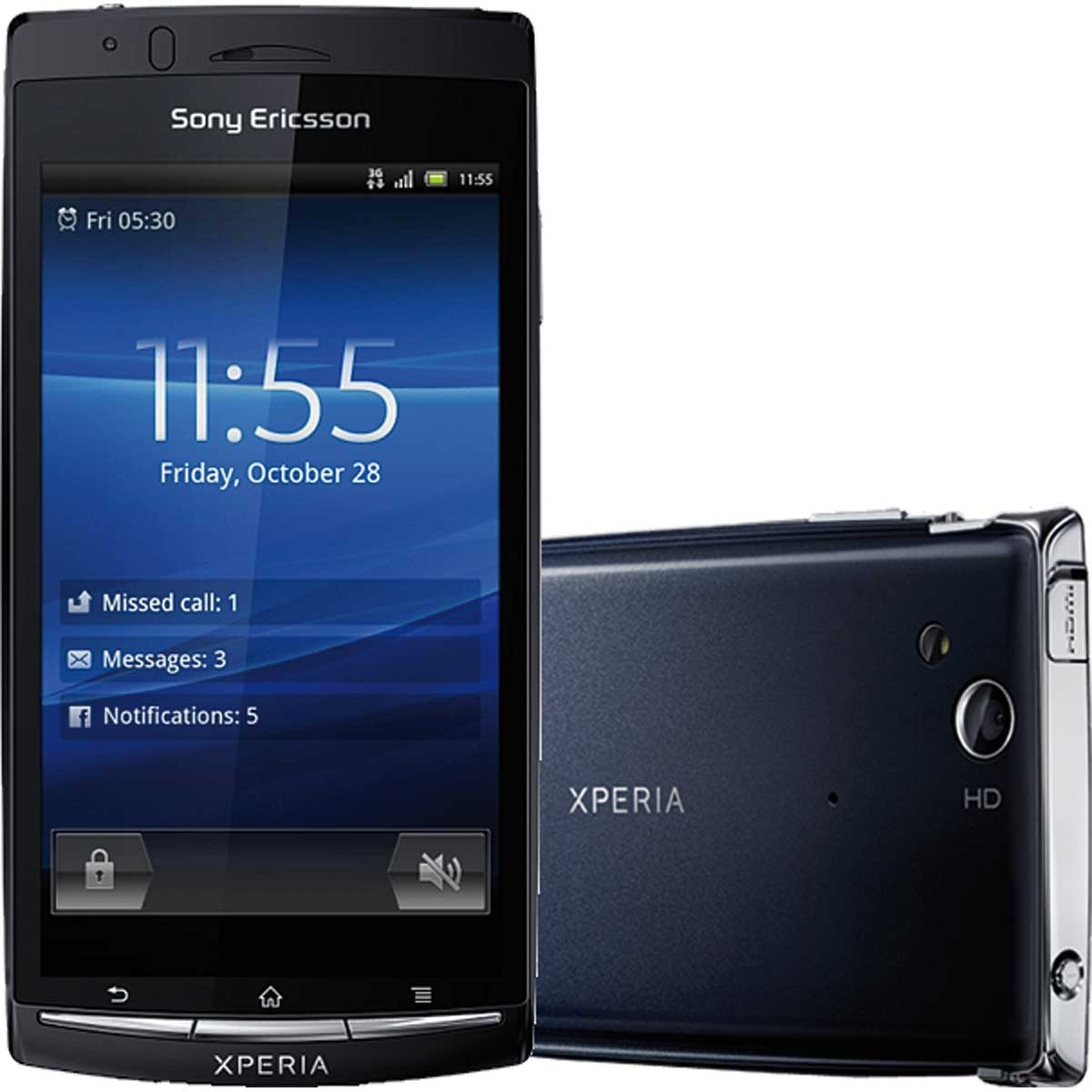 The Sony Ericsson Xperia Arc The Sony Ericsson Xperia Arc |
The Sony |
So we are not surprised that BRAVIA has became a standard, not only for Sony’s
flag ship SmartPhones, but also for a lot of mid-range phones released by Sony
(Ericsson at that time).
|
Xperia This was |
|
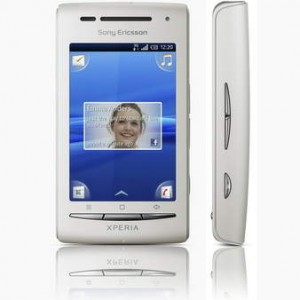 Sony Ericsson Xperia X8 Sony Ericsson Xperia X8 |
They And then Sony (Ericsson) announced the Arc S in |
The
company bought-out its entire stake in Sony Ericsson, as Sony had a much
clearer vision of what it wanted to achieve in the future, this is when Sony
decided to part ways from Ericsson in 2012.
This was a very critical cross-roads
time for Sony.
|
Meanwhile |
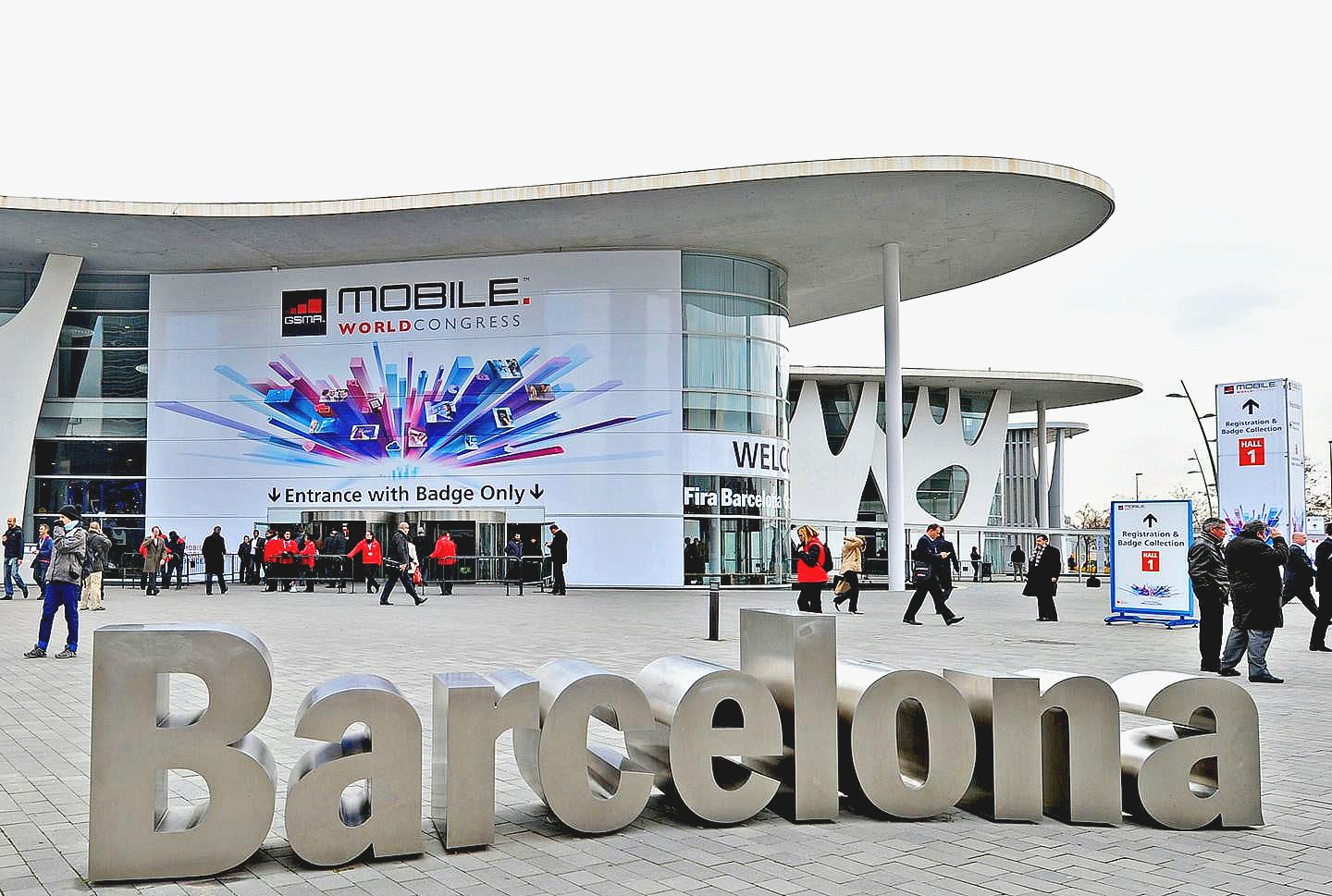 |
Meanwhile |
..not just to
show-case the MASSIVE improvement of the Xperia S over the predecessor the Arc,
but also, to let Phone users and rivals alike such as Apple and
Samsung know that as far as SmartPhones go…..
|
…..there’s another big new player in |
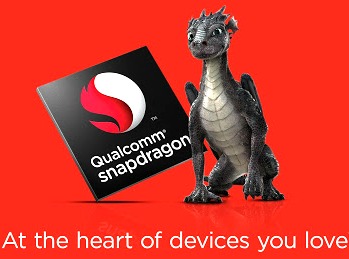 |
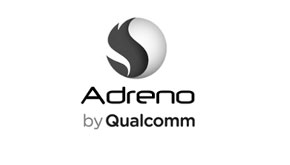 |
The |
|
As we |
However Xperia S put an end to all these
updating problems unlike the other past released so called flagship Xperia’s differed
greatly from previously released flagship Xperia’s, on this note for starters Sony made up their mind to put a transparent
LED bar that showed every notification, from messages, signal strength to
charging. In short the whole User Interface had a complete make over for better
customer Mobile experience.
https://www.youtube.com/watch?v=jykzKwuqfA0
With the
Xperia S Sony also did set new innovative standards in terms of transparency,
when they began their AOSP Project (The Android Open Source Project (AOSP))
is an initiative created to guide development of the Android mobile platform.
The Android platform consists of the operating system (OS), middleware and
integral mobile applications), also in addition, the Xperia S, thanks to the
microHDMI port was also able to display its screen on external devices this
wasn’t really new, it was carried over from its predecessor the Xperia Arc.
Sony, in
August 2012 Sony introduced something that was not shaken or stirred, in
fact it was solid, it was James Bond’s phone, it was the Sony Xperia T, the first SmartPhone from a Japanese maker to allow
LTE connectivity.
The
Xperia T had a 4.55” screen,
dual
core Qualcomm MSM8260A Snapdragon CPU,
Adreno
225 GPU, 1 GB of RAM,
and
16 GB of internal storage expandable with a microSD card.
The
UI was twitched a bit by doing away with the LED and did something different in
terms of notification management.
Shipped with Android 4.0.4 Ice Cream Sandwich
upgraded
to Android 4.3 Jelly Bean.
We
can just about all agree that it was not until Sony released their range of
award-winning Xperia Z series flagship SmartPhones, that everyone took note. Their most iconic models, have really set a precedent, in short Sony has
released their flagship SmartPhones through the Z designation.
Full
HD 5” screen covered by Gorilla Glass,quad-core
Qualcomm APQ8064 CPU. Adreno
320 GPU,16
GB of internal storage,microSD
card slot and
2 GB of RAM. The Xperia Z had been initially shipped
with Android 4.1.2 Jelly Bean
but got updates to Android
4.2, 4.3 and finally Android 4.4 KitKat.
|
This |
. 
|
|
So in a |
As with
iPhone was for Apple, Galaxy series for Samsung, Sony had found their own starting
with the Xperia Z, so much so that Sony
announced that they would (all guns blazing) drop a new flagship device every (wait
for it)……….six months, talk about gunning for market shear very fast.
|
|
The Xperia
Z1 (Honami) was shipped with
5”
Triluminos screen with Gorilla Glass and Full HD resolution
with
X-Reality Engine,
quad-core
Snapdagon 800,
Adreno
320, 2 GB of RAM, 16 GB of storage,
microSD card slot and a
massive
20.7 MP camera,
in
an aluminum frame to boot.
The
device is water and dust resistant like its predecessor.
It
shipped with Android 4.2 Jelly Bean, received updates to 4.4,
Xperia Z1’s firmware introduced a few
interesting camera features like
Social
Live, Info Eye, Timeshift-burst, AR Effect, Creative Effect, Sweep Panorama, AR
Fun, Time Lapse, background defocus and more.
|
The |
The A Snapdragon 801 CPU, Sony used the newest Adreno 3 |
The Z2
was the official SmartPhone of the 2014 FIFA World Cup and in some countries
was sold with a Sony SmartBand Mobile device worn on the wrist, used for
fitness and
wellness services such as running health applications.
On September 2014 was exciting why? Not only did Sony release their next flagship
SmartPhone the Xperia Z3, but in addition they also released a compact mini
version obviously called the Xperia Z3 Compact. This was the second (but not the last) time
they released a flagship model in two different sizes. While the Z3 had a 5.2-inch screen, the Z3 Compact was 4.6 inches..
5.2-inch
full HD display,
3GB
of RAM and 16GB / 32GB of expandable storage.
The bottom line is that, the hardware specs for the Xperia
Z2 and Z3 were pretty much the same, for
instance even though the Z3 Compact is smaller, still both SmartPhones ship with
a set of stereo speakers that were quite solid.
the Xperia Z3 was just slightly better than the Z2. Never the less the Xperia Z3 was and still is
a high-end premium SmartPhone
Includes
a 4.6-inch HD display,
2GB
of RAM and 16GB of expandable storage.
A 20.7-megapixel camera included on the back
of both devices,
while
Android 4.4.4 KitKat comes pre-installed on both of them.
Android 6.0 Marshmallow was the latest update.
|
OK |
The made and The while The while |
|
Suffice |
Includes
Quick Charge 2.0 charging, take note that the Xperia X3 had quick charge
facility but that was only for the Japanese market. So some tangible improvement from the predecessor.
|
This time All three Phone looked the same. All three devices included premium stereo |
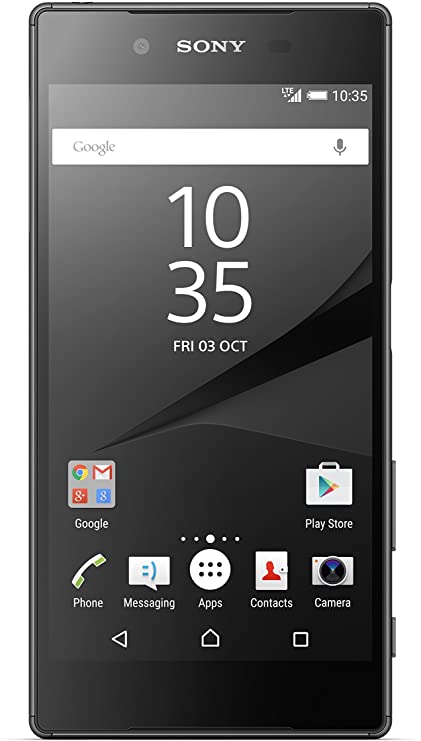 The Sony Xperia Z5 The Sony Xperia Z5The includes 3GB A
|
 Sony Xperia Z5 Premium
Sony Xperia Z5 PremiumThe
Xperia Z5 Premium sports a larger 5.5-inch 4K display,
3GB
of RAM and 32GB of storage.
This
phone comes with a larger 3,430mAh battery,
and
the same fast charging as the base model.
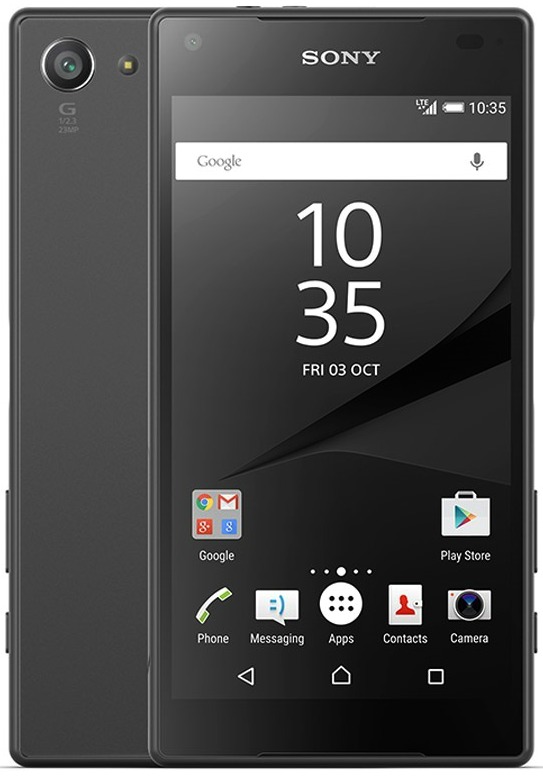 Sony Xperia Z5 Compact
Sony Xperia Z5 CompactThe
Xperia Z5 Compact, on the other hand,
includes
a 4.6-inch HD display,
2GB
of RAM and 32GB of storage,
while
a 2,700mAh battery is included in the package as well, along with Quick Charge 2.0.
|

Everybody
was all-on waiting for the the Xperia Z6 but that was not to happen as Sony
changed the script and in February 2016, announced the Sony Xperia X Performance as the successor to the Xperia Z5. It exhibited a 5-inch fullHD
display screen. However Mobile Users
were waiting to see the reason it was tagged the X “Performance” while it also
included a unique side-facing fingerprint scanner located on the right, it
shipped with an aluminium back. included
a 3.5mm headphone jack with a set of premium stereo speakers.
And now
for the reason it was called the Xperia X
Performance; so it came with……
……3GB
of RAM and in 32GB and 64GB (bigger) storage variants.
The
phone is fuelled by the Snapdragon 820 chipset,
while
a 23-megapixel camera is included on its back.
A
single 13-megapixel camera is placed on the phone’s front side,
while
Android 6.0.1 Marshmallow was pre-installed on the X performance.
With
updates all the way to Android 8.0 Oreo.
We
strongly feel that if something “aint broke” don’t try to fix it as Sony went
ahead and renamed its flagship series of SmartPhones yet again from the Xperia Z series to the “Xperia XZ” flagship SmartPhones. Announced back in
September of 2016. And yes, there were
the similarities we’d come to expect, like retaining the physical camera
shutter and the side-facing fingerprint scanner, the bottom line is that the XZ
Flagship SmartPhone did look like its predecessors in terms of the look and
design, and., it is located on the right-hand side of the phone’s body.
With all the talk at the time, of the XZ being
so similar to predecessors, it still came with the goods “under the hood”
|
The It The An Android Android
|
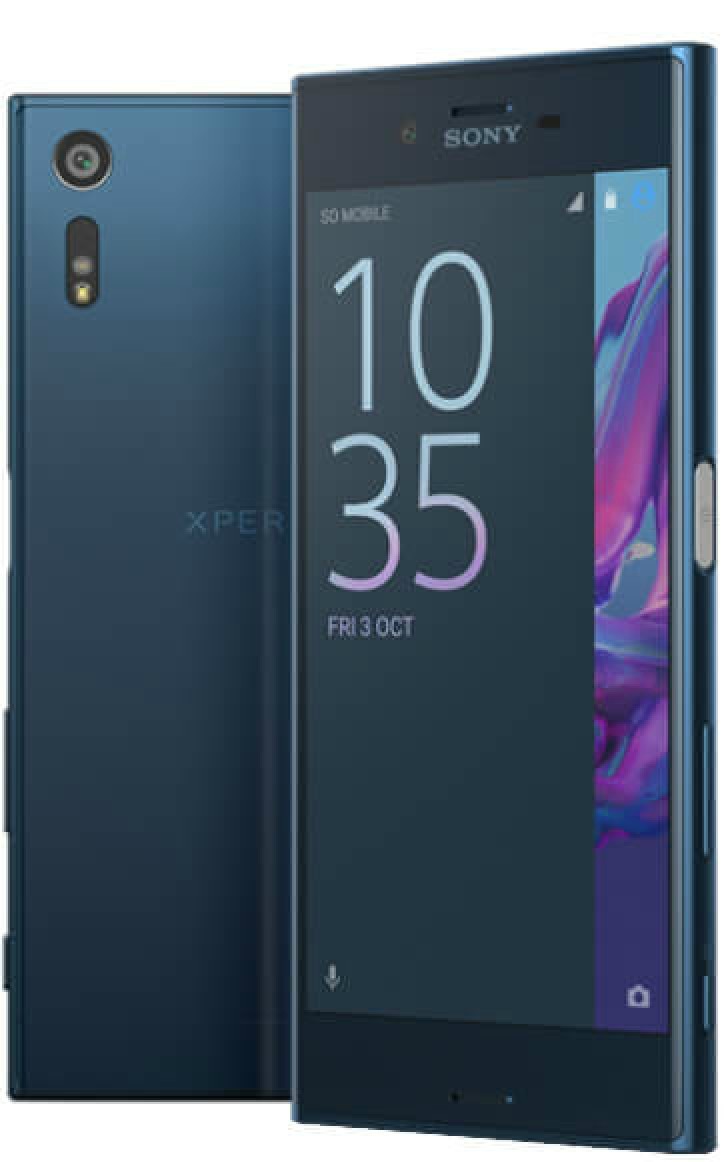 Sony Xperia XZ Sony Xperia XZ |
|
Again |
….4GB 19-megapixel The with The and The |
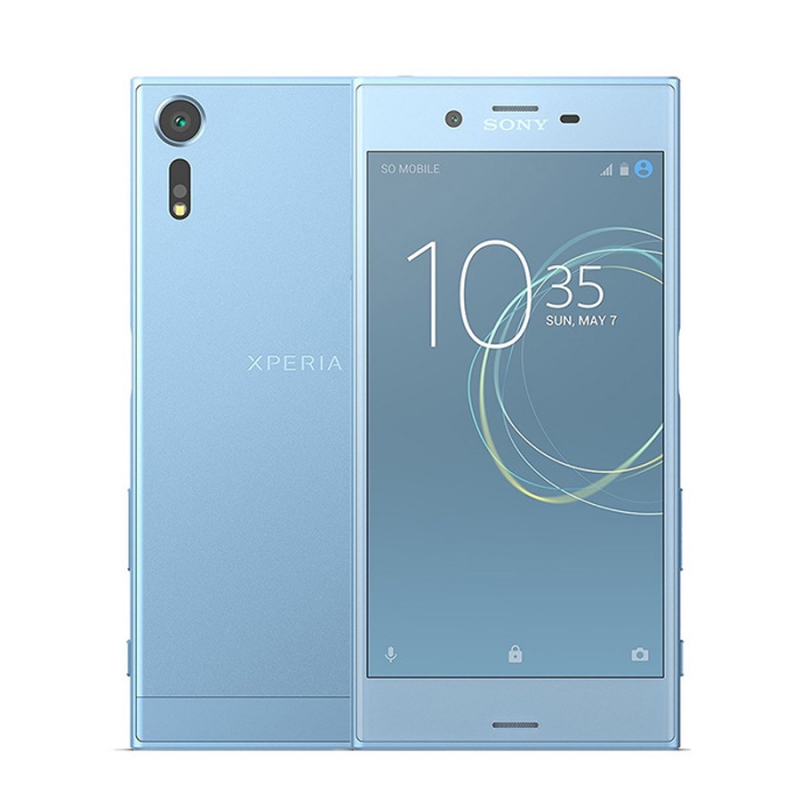 Sony Xperia XZs
Sony Xperia XZsThis time
Sony dropped two smartphones in their own right, not so much one being a variant
of a major one, they were the Xperia XZ1 and XZ1 Compact. They were brought out as part of the Xperia XZ1 series. They were both announced
in August 2017, and they were both powered by the Snapdragon 835 chip-set and fuelled
by the same processor. Both devices carried
on with the water-proof theme with an IP68 certification, the two phones came
with different specifications despite the fact that they looked similar, they
had different dimensions in size.
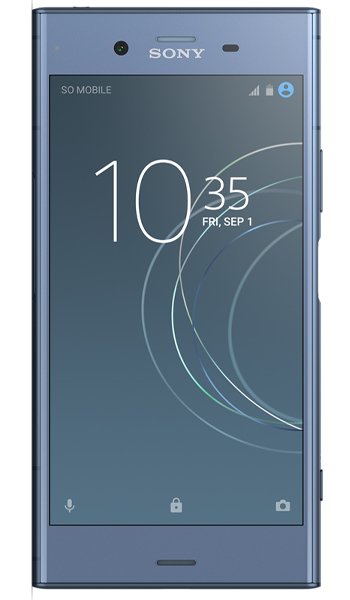 Sony Xperia XZ1
Sony Xperia XZ1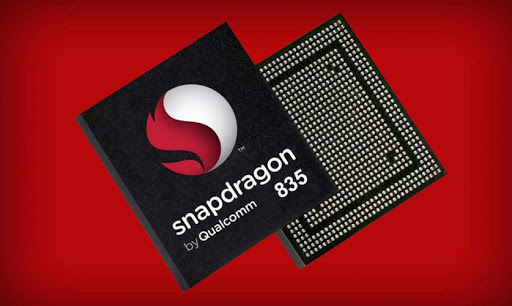
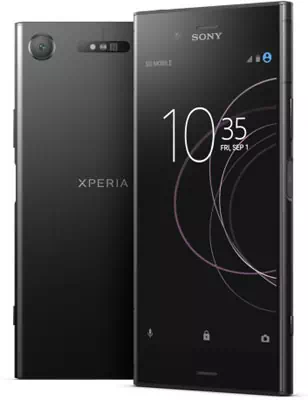 Xperia XZ1 Compact Xperia XZ1 Compact |
With 4GB While 4.6-inch along with 4GB of RAM and Both Smartphones |
2,700mAh made the Xperia XZ1 compact such a powerhouse that
it seemed like a nudge to the other Mobile Phone manufacturers like this is how
it’s supposed to be done in terms of battery duration.
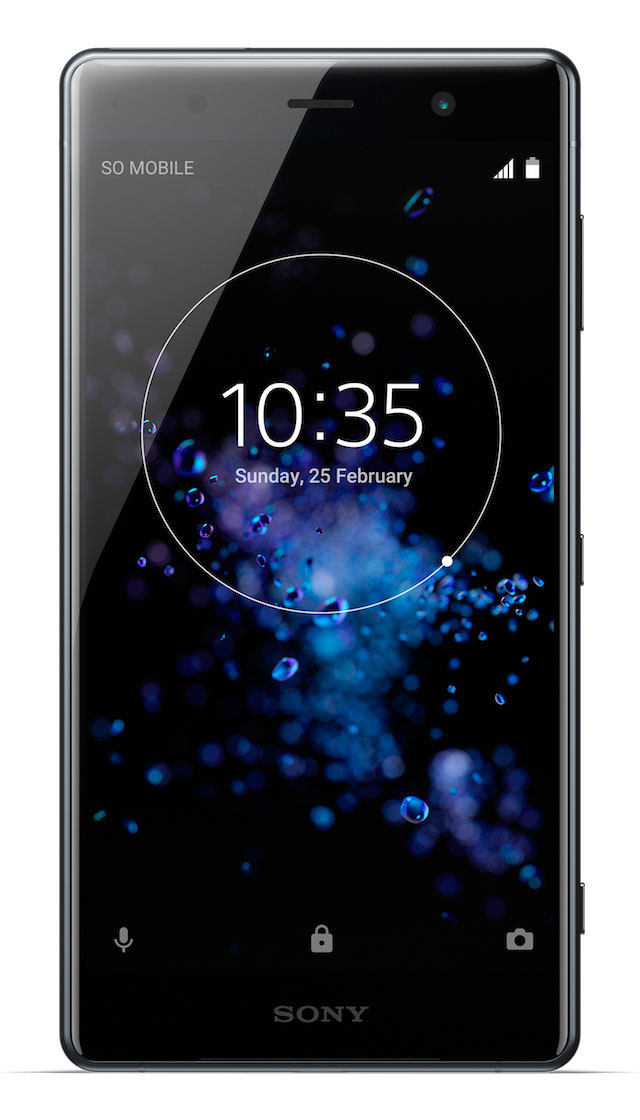 Sony Xperia XZ2
Sony Xperia XZ2Its was now standard for Sony to drop a number of
flagship SmartPhones at a go, as we already know that two were released in 2017,
suffice to say that Sony released not 2 but 3 Mobiles in 2018 as part of the Xperia XZ2 series of devices, the three
handsets unleashed were the Xperia XZ2, XZ2 Compact that were announced in
February 2018, and then over a month later, the XZ2 Premium came out in April.
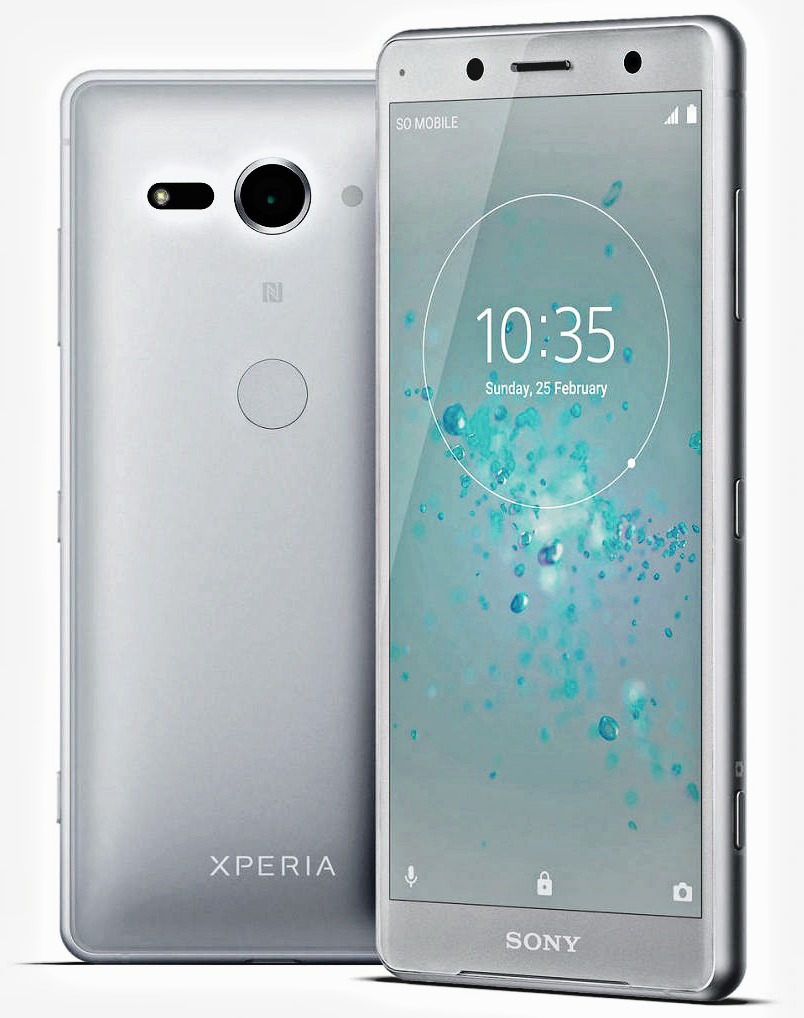 Sony Xperia XZ2 Compact Sony Xperia XZ2 Compact |
The company has not stood still in terms of |
|
The Xperia XZ2 family |
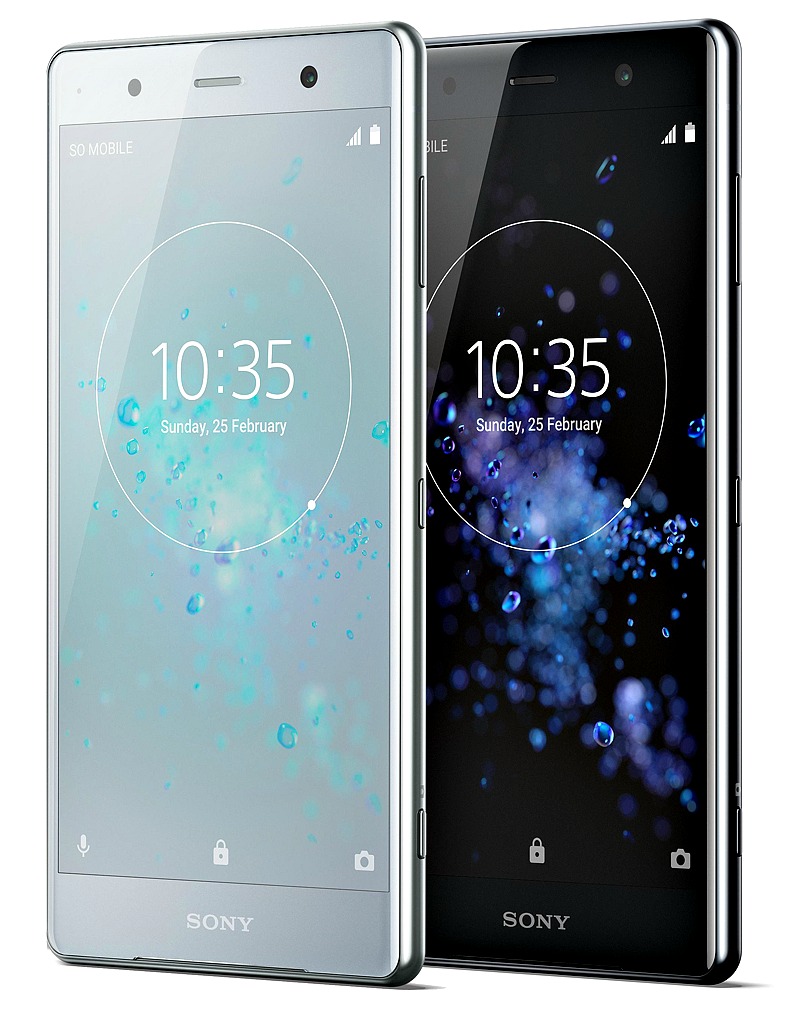 Sony Xperia XZ2 Premium Sony Xperia XZ2 Premium |
And as for the Operating System (OS) all
three SmartPhones arrived with Android 8.0 Oreo out of the box.
The
Xperia XZ3 like the Xperia XZ2 also came
with a fingerprint scanner on the rear, with IP65/IP68 certification for water
and dust resistance. The Sony Xperia XZ3 like the predecessor the Xperia
XZ2, came with a glass back panel but with plenty of curves, announced in August 2018. Now what stands out with the Xperia XZ3 from
the XZ2 is that the Z3 was Sony’s first flagship SmartPhone to include an OLED
panel, plus in addition, the phone shipped with a massive 6-inch QHD+ P-OLED display.
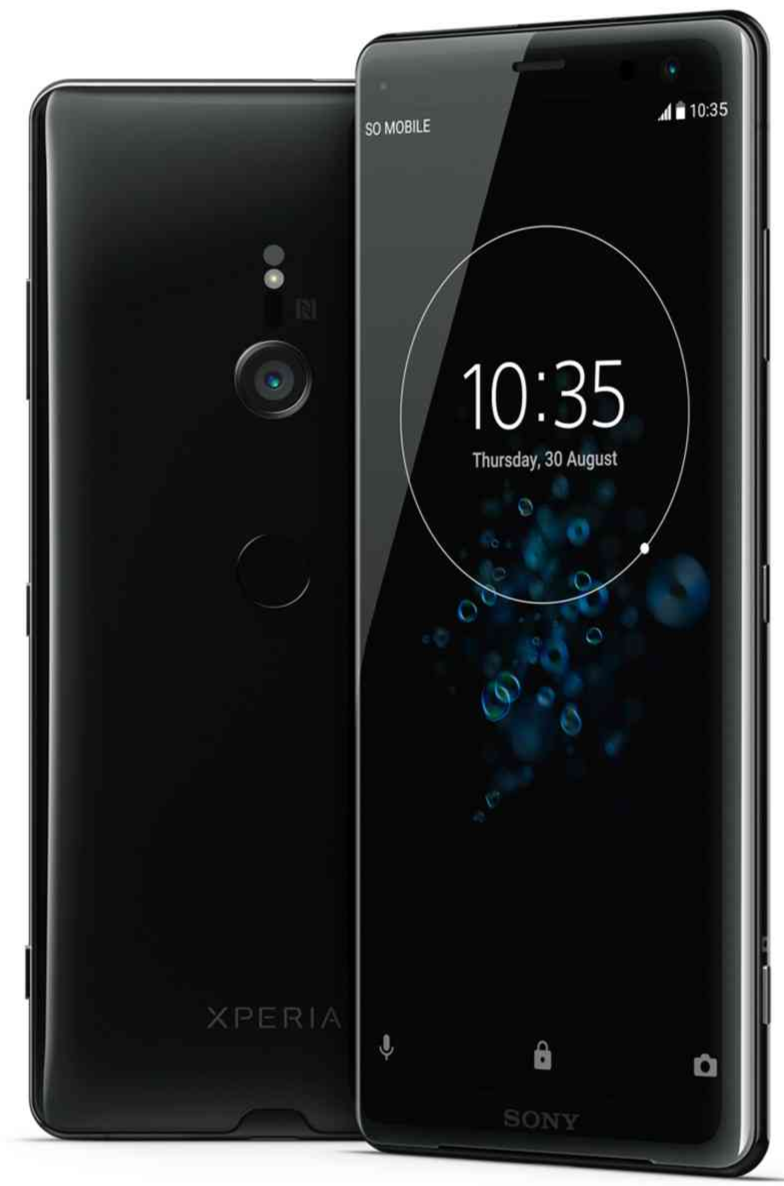 Sony Xperia XZ3
Sony Xperia XZ3The
Xperia XZ3 is fuelled by the Snapdragon
845, with 4GB
of RAM and 64GB of storage. Operating
System (OS) is Android 9 Pie, a 13-megapixel camera was at the rear of the
Xperia XZ3, plus in
addition to the camera package was a massive 13-megapixel selfie set-up, probably
following Apples lead, as the Z3 SmartPhone shipped with stereo speakers, but with
no headphone jack.
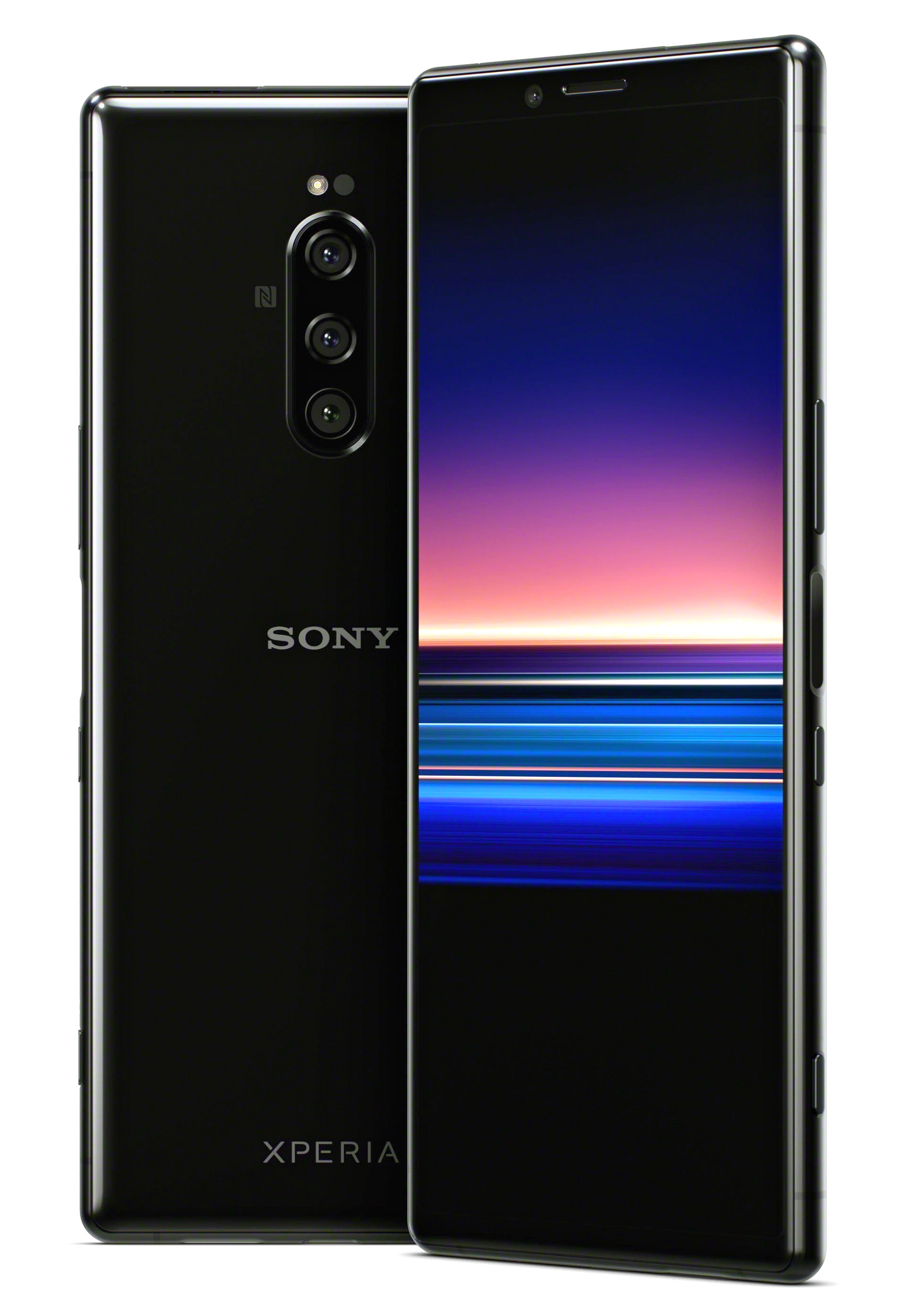 Sony Xperia 1 Sony Xperia 1 |
The Sony Xperia 1 |
The Sony
Xperia 1 includes a 6.5-inch 4K display, 6GB of RAM and 64GB / 128GB of
storage. The phone is fueled by the Snapdragon
855
processor, and it ships with Android 9 Pie out of the box. Three 12-megapixel
cameras are included on the back of this phone, and make it the very first
Sony-branded phone to ship with three cameras on the back. Stereo speakers are
included here, and so is a 3,330mAh battery.
